This summer, Emily Markowitz (Fall ’15) received the Stony Brook University Mote Marine Lab Scholarship, funded by local Stony Brook donors to provide Stony Brook students with hands-on experience at one of the country’s premiere marine research laboratories. She spent 10 weeks interning at Mote Marine Laboratory’s Aquaculture Park’s (MAP), a private unit of Mote located 18 miles inland from the main laboratory and aquarium on City Island. Mote has pioneered in making aquaculture more sustainable and affordable by cleaning and recycling water on site (instead of taking raw water from and returning used water to the ocean), optimizing commercial fish growth methods and integrating sea vegetables into a sustainable filtration system.
As part of her time at MAP, Emily was assigned to Dr. Nathan Brennan’s fish release project where, besides tagging and releasing nearly 400 9-month old snook (Centropomus undecimalis), she also helped design, build and deploy solar powered antennas in the mangroves to track the snook’s movement and daily and seasonal trends throughout Sarasota’s North Creek. This was a unique endeavor as few have applied this kind of technology and methodology, particularly that using solar power, to this high salinity environment. These antennas also tracked tagged fish from previous year’s releases and are planned to operate for at least a year.
The first part of the process involved the preliminary design of the operating elements of the experiment and ordering all of the tools, structural materials, batteries, solar panels, transmitters and tagging equipment, finalizing the design and dates for deployment and pre-fabricating all of the antennas and parts we would need in the field. Emily also participated in the actual construction of the sensor/transmitter stations deployed in the field. Days in the field consisted of donning wet suits, pulling supply boats over oyster beds and walking them through swamps and mangrove tunnels, passing the gear and parts out of the water and over the jutting mangrove roots. Once delivered, the components were assembled to create solar powered antenna stations.
When the field stations were in place and dates set, the fish were PIT tagged. PIT tags (passive integrated transponders) are an electric tag that can be detected and decoded by either a hand-held PIT tag reader or by an in situ antenna. In situ antennae, like those the project team built, can detect and record tag codes 24 hours a day, 7 days a week.
When it came time to actually release the fish, cages were constructed to hold the fish for three days until the acclimated to their new surroundings. The project was an example of the complexity of a research project of this type and how adaptable, resourceful and organized researchers have to be to prepare for major projects like this. Emily felt that working at Mote was another valuable opportunity to be part of a functioning research lab, with the luxury of focusing solely on the problem to be solved and with the benefit working with brilliant and energetic colleagues and mentors to do something novel and make progress in science.
Emily would like to thank the donors for the very generous support and to note that this experience would not have been possible without them. This scholarship is provided by by anonymous donors and awarded to each year to one Stony Brook student. She also would like to thank Dr. Nathan Brennan, her advisor, Kevan Main, the head of the Aquaculture Park, Dr. Ken Lieber, the department head for fisheries and aquaculture at Mote, Dr. Carole Neidig, Paula Caldentey, Dr. Nicole Rhody, Michael Nystrom, Matt Resley, Ron Hans, Ricardo Toscano, Saul Hernandez, and fellow interns: Aaron Porterfield and Tim Kaway for a ‘super’ summer.
Additional news articles related to the release of snook at the Mote Laboratory are available below:
Researchers — and snook — get an education
MOTE AND FWC SUCCESSFULLY RELEASE SNOOK INTO ACCLIMATION ENCLOSURES IN SARASOTA BAY





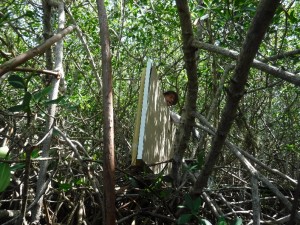

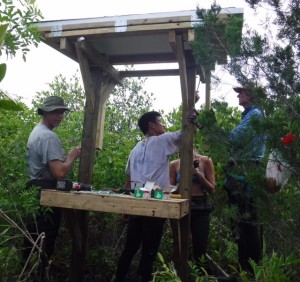
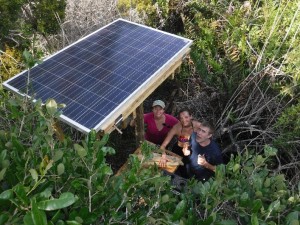
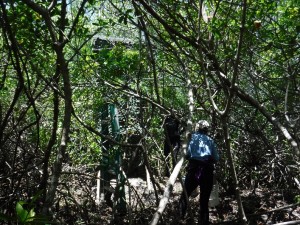


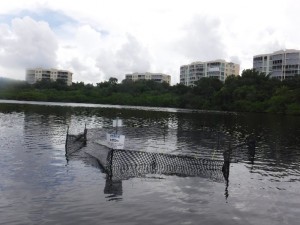

You must be logged in to post a comment.